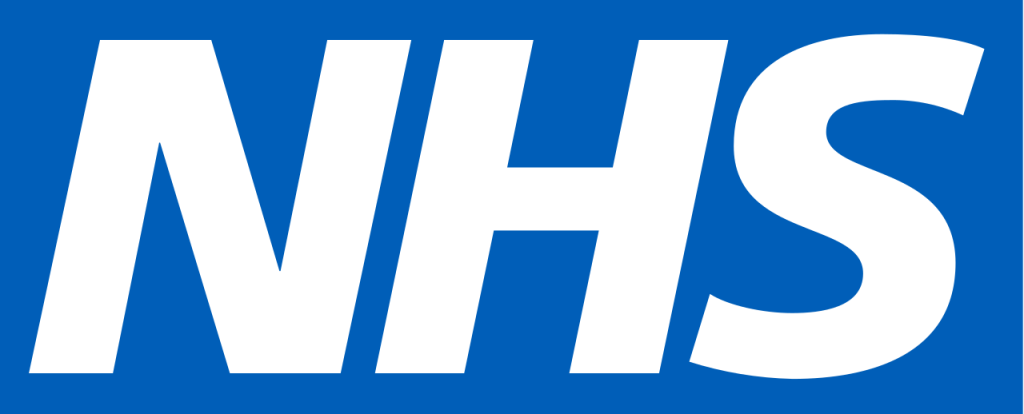Rob Webster CBE, CEO for NHS West Yorkshire Integrated Care Board; CEO lead for West Yorkshire Health and Care Partnership; Non-Executive Director (CEO Lead) for NHS Clinical Leaders Network

Integrated Care Systems (ICS) are a novel construct at the heart of the NHS and social care reform. They bring together councils, the NHS, the third sector, Healthwatch, hospices, industry and importantly our communities. Our Partnership in West Yorkshire is one such ICS, covering a population of around 2.4million people and spending over £5bn of public money.
Working across a large and diverse health and social care partnership with an ambitious transformation agenda requires a focus on a collaborative culture and strong governance.
If we are going to make things better for staff, people and communities; we need to make positive changes to the way we work. Changes that are felt by staff, people and by our communities.
To borrow Myron Rogers’ maxim, we need to recognise that “real change happens in real work”.
The bedrock of change
Coming together as system leaders to take decisions about the future of the health and wellbeing of people and communities requires a shared vision. It requires trust, and an eye on the detail – especially when it comes to aspects such as evaluation, audit, budget-setting, data-sharing and workforce-planning.
All of this is vital. It’s the bedrock of enabling real change to happen. It’s why it’s taken so seriously.
With the complexities of partnership working and the importance of honesty, as well as transparency in our governance, we can sometimes risk confusing this bedrock with the on-the-ground work and creative thinking that we need to do to further improve care for our communities.
This is why Myron Rogers’ six maxims for leadership resonate so strongly with us in West Yorkshire. “Real change happens in real work” has underpinned much of our demonstrable progress. It’s a maxim that has been adopted by the whole partnership here in West Yorkshire, as a guiding principle for bringing about transformation that makes a tangible impact on people and communities lives.
We understand that behind the differing jargon between professions, institutions, sectors and Government Departments sits a simple truth. We, our organisations, and our teams want to make a positive difference. And this is true for every clinician and colleague I meet.
The desire to make a difference
Alongside the positive and proactive people in our teams, the worn-down, the sceptical and the cynical will also reveal the same desire to make a difference and to see improvements in the care we collectively provide. Whether from personal passion or frustration, curiosity or clinical research, I see people who want to lead or be part of a team that sees better outcomes in terms of clinical quality – ones which reduces the shocking health inequalities we face here in West Yorkshire.
The task is to connect what happens in our communities and services to the collective effort of us all – with people’s voices at the heart of all we do. The best way to do this is to start from the population and with the people who support them.
We all then recognise that our job, on the face of it, is a very simple one – if someone needs help, we can provide that help through volunteers, staff and teams, alongside support for informal carers, in whatever form is appropriate for that person, or that community. Our organisations are here to facilitate that interaction and in doing so, deliver better outcomes, reduce inequalities and unwarranted variation, with value for money and social returns maximised for everyone living in West Yorkshire.
This philosophy frees us to think creatively and to challenge previous conventional thinking about how to deliver care in a way that works for everyone, and helps to reinforce quality of care, patient safety, and system resilience.
It helps to enable clinical teams to see themselves and their work beyond the boundaries of their institutions – leading to better partnership working and more innovative ways of thinking about the challenges people face.
There are brilliant examples of this in all our places and across West Yorkshire:
- The reconfigured clinical services in assessment and treatment for people with a learning disability, those who have suffer a stroke and vascular services.
- The Children’s Hub in Wakefield, ensuring that families are seen quickly and avoid accident and emergency when accessing urgent care.
- The waiting well programme that supports people waiting for surgery with access to third sector and creative social support built in.
- The adoption of enhanced peer support programmes across all of our mental health services and a direct access children’s mental health support service out of hours called Night Owls.
- The prioritisation of people with learning disabilities on waiting lists in hospitals driven by clinical leadership, to reduce the likelihood of poorer outcomes.
- Lung health checks, CVD and chronic kidney disease interventions that use technology and case finding with partners driving better management of long-term health conditions.
You can see another example from the work of Yorkshire Ambulance Service NHS Trust around how people are conveyed especially from the poorest communities, with a disproportionate number of children from cold, damp houses needing a different intervention. All this work is driven by clinical curiosity and supported by collaboration.
The challenge for clinical leadership
These developments are not always straightforward – collaboration and clinical leadership of change is hard.
In Leeds, for example, we do not have an issue with ambulance handovers into the emergency departments. This is despite Leeds hospitals having the highest occupancy in the region. Strong clinical leadership and good improvement science combined ensures that this is the case. Clinicians understand that the risk of people waiting long periods queueing in an ambulance sits in both the ambulance and in the communities where delays ensue. There have been incidents in the region potentially due to delays in ambulance response.
Clinicians in the hospital have an ethos that every patient arriving in an ambulance should be admitted immediately, without waiting outside. This can result in longer waits in accident and emergency for patients – with more potentially waiting up to and beyond 12 hours – so flow through the hospital and into community must be facilitated. This is where the culture and the infrastructure of change combine.
It’s also where clinical leaders are empowered to make decisions; confident that we across the system support them, and in the knowledge that the balance of risk makes this a better course of action.
The trust chief executive chairs the Home First programme board, attended by partners across the system, driving better flow out of hospital through joined up community services. His clinical knowledge and backing drive these operational changes and benefit the hospital, the community teams and ultimately patient safety and experience.
And this is where the real change has happened: literally, in this case, at the front door of the hospital, at the back door and in the communities where people live, with clinicians working face-to-face with patients and partners. In doing so, they are supported by the broader team. The informaticians that provide real time information, the researchers and analysts, the managers, administrators, planners and communication teams, facilities and estates teams.
–
One of Myron’s other Maxims is that “the way you develop the change will define the change itself”. Our approach, is most successful when we people involve people in developing change and the clinical teams too. By doing so, we end up with an agile, tailored, clinically led service, with people at the heart.
Our aim it to always make this the case. That requires clinical leadership of real change, and real work.
–
Find the right path for your own clinical leadership improvement journey, or connect with other leaders, by visiting our ‘What we do’ page.


